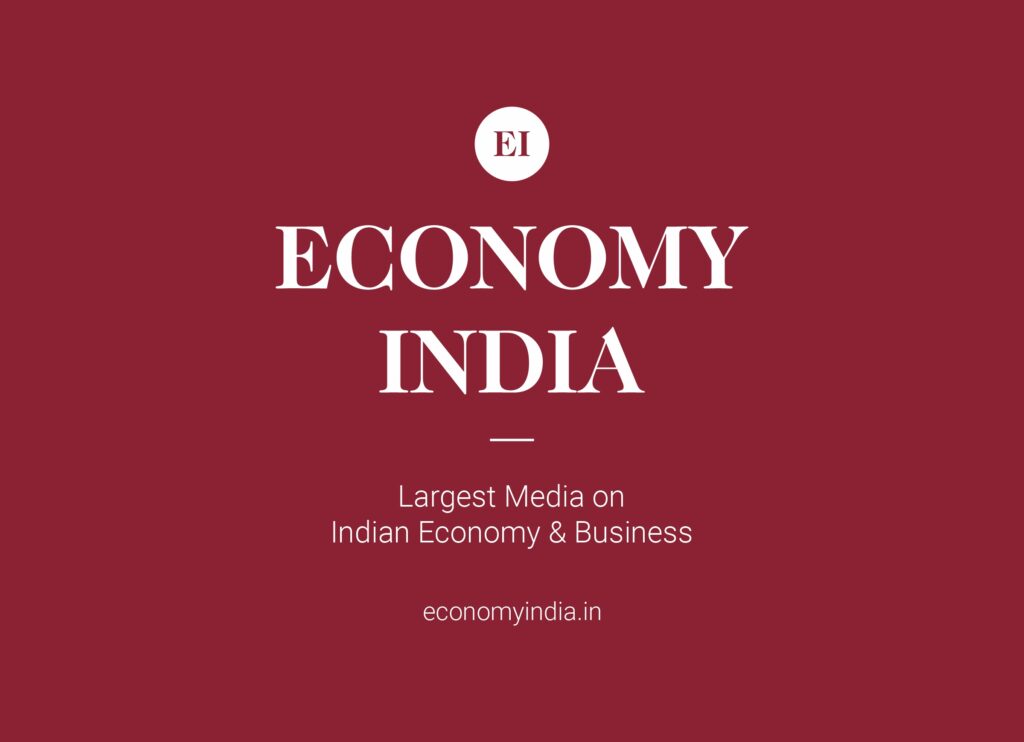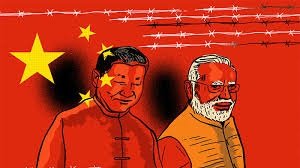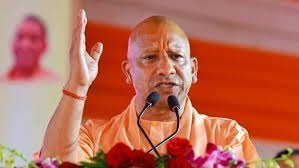WTO warns high tariffs under Donald Trump could dampen future trade momentum
NEW DELHI I Economy India: he World Trade Organization (WTO) has projected that global goods trade will expand by 0.9% in 2025, a slight improvement from earlier pessimistic estimates, but far below pre-tariff expectations. The upward revision comes as U.S. imports surged this year, partly due to accelerated shipments aimed at bypassing higher tariffs imposed by President Donald Trump.
In its latest trade outlook, the WTO noted that its April 2025 forecast had anticipated a 0.2% contraction in global trade volumes. However, improved shipping activity to the United States has temporarily boosted numbers. Before the tariff hikes were introduced, the organization had expected a much stronger 2.7% growth in 2025.
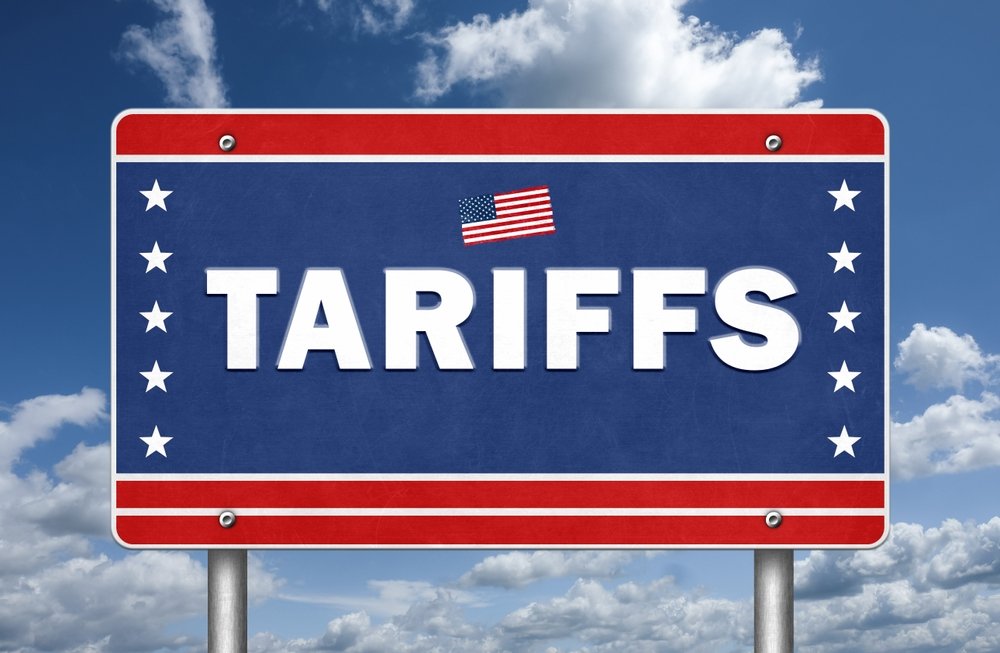
Tariffs Pose Long-Term Risk
While the 2025 numbers show resilience, the WTO warned that higher tariffs will have a negative long-term impact on trade flows. Growth for 2026 is now pegged at 1.8%, down from the 2.5% projected earlier this year.
WTO Director-General Ngozi Okonjo-Iweala cautioned that the uncertainty created by the U.S. trade policy is undermining business confidence, investment decisions, and global supply chains. She emphasized that unpredictability remains “one of the most disruptive forces in the global trade environment.”
India’s Trade Outlook
For India, the revision is seen as a positive sign amid global economic headwinds. Official data shows that India’s exports remained stable at $35.14 billion in June 2025, while the trade deficit narrowed to a four-month low of $18.78 billion. Analysts suggest that the WTO’s updated forecast could support Indian exporters, particularly in the manufacturing and agriculture sectors, which rely heavily on demand from the U.S. and Asia.
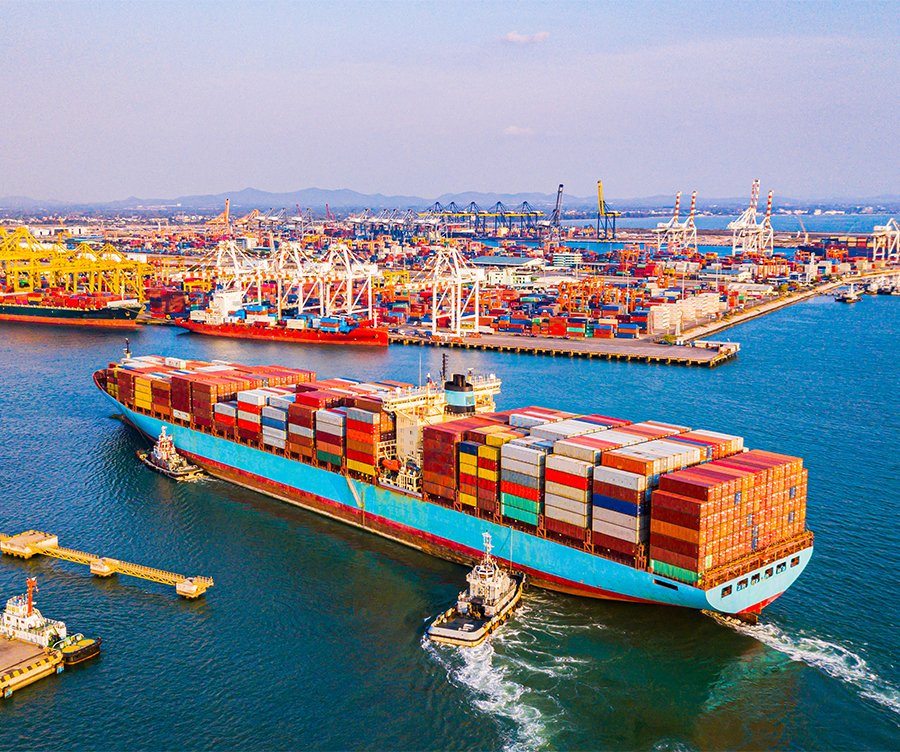
Asia’s Role in Global Trade
The WTO report highlights that Asian economies are expected to play a key role in driving trade growth in 2025, contributing positively to the overall global expansion. However, their contribution in 2026 is likely to be smaller than projected in April, largely due to the expected slowdown in global manufacturing orders and tighter financial conditions.
North America’s Drag on Growth
Interestingly, the WTO predicts that North America will have a negative impact on global trade growth in both 2025 and 2026. This is attributed to the U.S.’s restrictive trade measures and slower import demand in the region.

Global Business Confidence Hit
Industry experts note that the rapid change in U.S. tariff policy has led to a front-loading of shipments, as exporters rush to deliver goods before higher duties take effect. While this has created a short-term spike in trade volumes, it could also cause a sharp slowdown in the following quarters.
The WTO’s warning is clear: without a predictable and stable trade policy framework, global markets could face more volatility, affecting emerging economies like India that depend on steady demand in advanced economies.
What Lies Ahead
Economists are now watching whether tariff tensions will escalate into a broader trade war or lead to renegotiations that could stabilize global commerce. For India, the key challenge will be to diversify export markets and reduce dependence on tariff-sensitive sectors.
If the global economy manages to navigate these trade headwinds, 2025 could still deliver modest gains — but 2026’s forecast signals that the real impact of tariffs may only be felt after the initial rush to ship goods fades.
If you want, I can also prepare a 20-paragraph extended version with deeper WTO analysis, India-specific export sector breakdown, and historical context for Economy India’s readers. This will make it your largest news article yet.
(Economy India)



